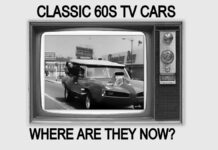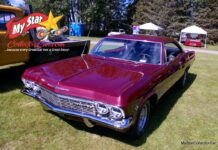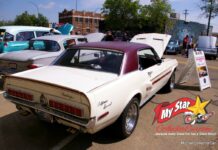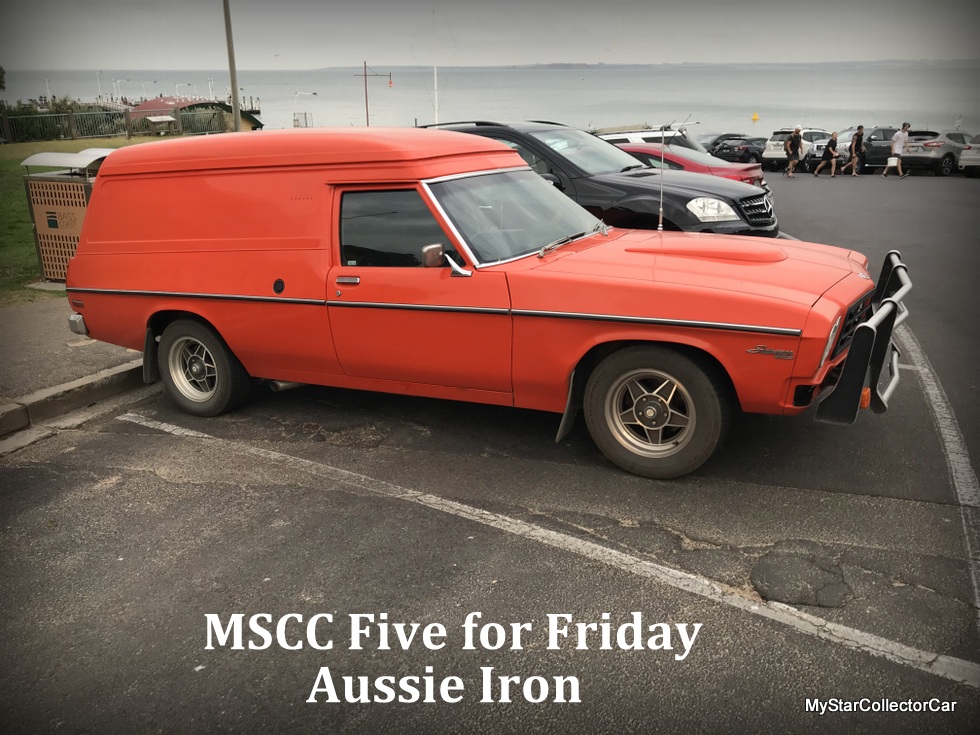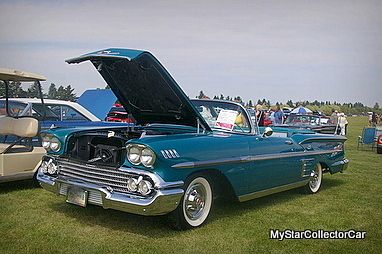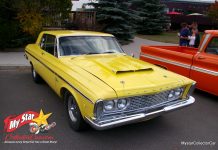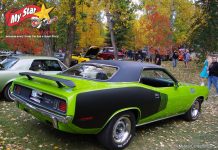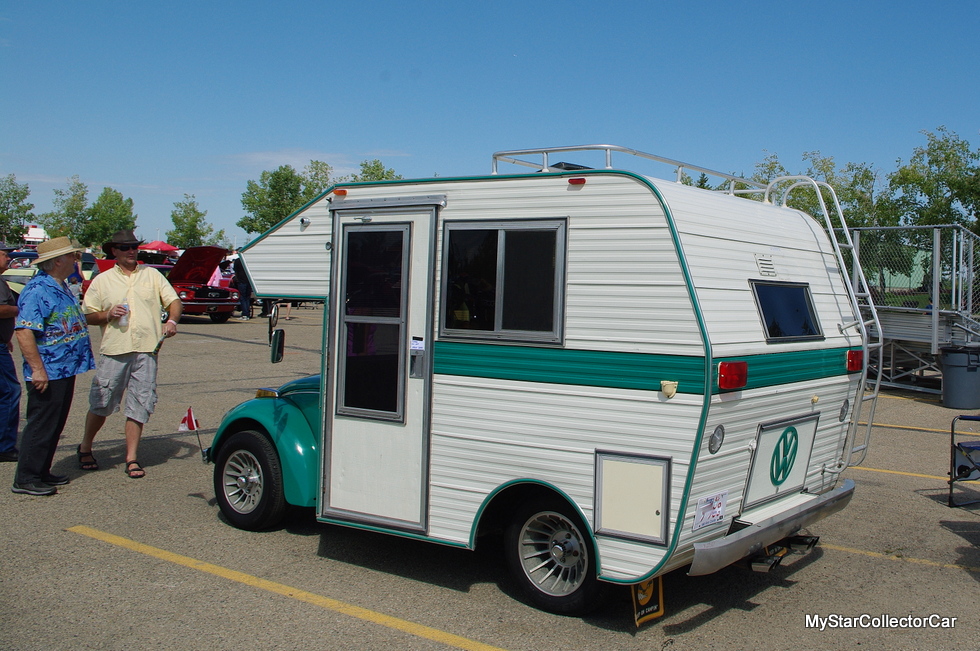Every decade in the 20th Century had cars with cutting-edge style.
These cars set trends in their era and paved the road for other cars to follow.
Here’s a list of five cars that set the pace instead of following the same old path from the 1930s to the 1970s.
Jerry Sutherland
The first example is the 1937 Cord 812. This car was light years ahead of the competition in style and technology because it had some amazing (for the era) features.

The ’37 Cord had hidden headlights, variable-speed wipers, lockable fuel filler door, hidden door hinges, and rear hood hinges with a standard tachometer and radio. That was high-end stuff in 1937, but the Cord’s profile was its biggest asset.
The second example is the 1948 Tucker (Torpedo ’48). Yes—the car so famous they made a Hollywood feature movie about it. Tucker started with the Torpedo name but changed it to the Tucker 48 because he was hesitant to give his car a military-like name.

These cars were radically different because they had a 334 cubic inch helicopter engine converted to water cooling. The engine was in the back and that was strange enough, but the styling was otherworldly with three headlights, sunken floorplans and various safety features that would come later with the Big Three. The Tucker was the smallest carmaker with the biggest legend thanks to its cutting-edge attitude.

The third example is the 1954 Oldsmobile.

This car was on the outer edge of the 50s style shift. The cars that followed owe everything to the ’54 Olds because it moved away from the fat-fender, fat quarters, rounded hood look of the early 50s. The Olds was far more symmetrical than its 1954 Chevy cousin—it led the way for the 1955 models at GM.
The fourth example is the 1964 Studebaker Avanti. This was the car where David (Studebaker) took on Goliath (GM). The Avanti was built to run with the Corvette because it was a two-seater fiberglass sports car designed to thump the legendary Stingray.
It had disc brakes and a supercharger option that did two things. It was one of the fastest production cars of its era and it could stop better than the Corvette. The Avanti also had a built-in roll bar and padded dash because Studebaker was a safety-oriented company. It was designed by the legendary Ray Loewy, and it only lasted one year—but it left a major styling profile legacy behind.
The final example is the 1971 Buick Riviera. They called it ‘the boattail Riv’ for obvious reasons because the backend looked like a 50s era spaceship.
The Riviera was a pacesetter the day it hit the showrooms in 1963. They defined the personal luxury car market and took dead aim at the Ford Thunderbird. The ’71 Riviera was a big gamble because the Gen 2 Vette-like rear glass didn’t appeal to most buyers because they thought it was a bridge too far. That doesn’t matter because now the boattail Riv is still a showstopper at every car show. Call it the definition of cutting-edge style.
In fact, you can call all five of these cars the definition of cutting edge style…pacesetters, not followers.
Jerry Sutherland
By: Jerry Sutherland
Jerry Sutherland is a veteran automotive writer with a primary focus on the collector car hobby. His work has been published in many outlets and publications, including the National Post, Calgary Herald, Edmonton Journal, Ottawa Citizen, Montreal Gazette, Saskatoon StarPhoenix, Regina Leader-Post, Vancouver Sun and The Truth About Cars. He is also a regular contributor to Auto Roundup Publications.
- CLICK HERE TO SIGN UP FOR THE NEWSLETTER
- CLICK HERE to Like us on Facebook
- CLICK HERE to Follow us on Twitter
- CLICK HERE to Follow us on Pinterest


